Product Introduction
Types of Handheld Laser Welding Machines
-
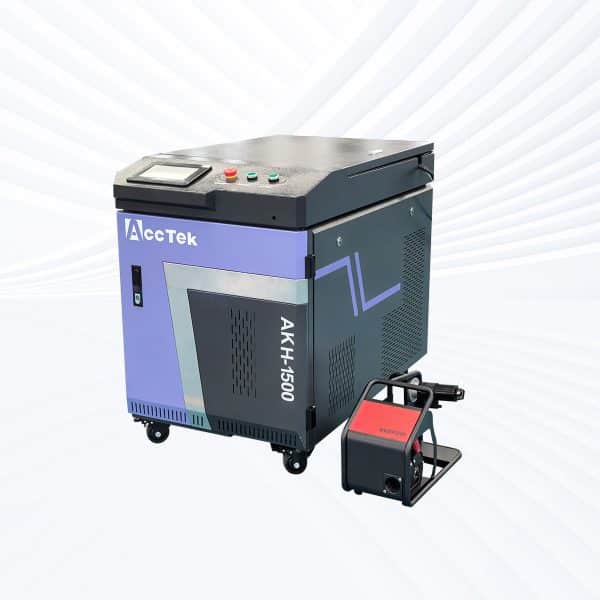
Standard Handheld Laser Welding Machine
Rated 4.75 out of 5$3,400.00 – $16,000.00 This product has multiple variants. The options may be chosen on the product page -
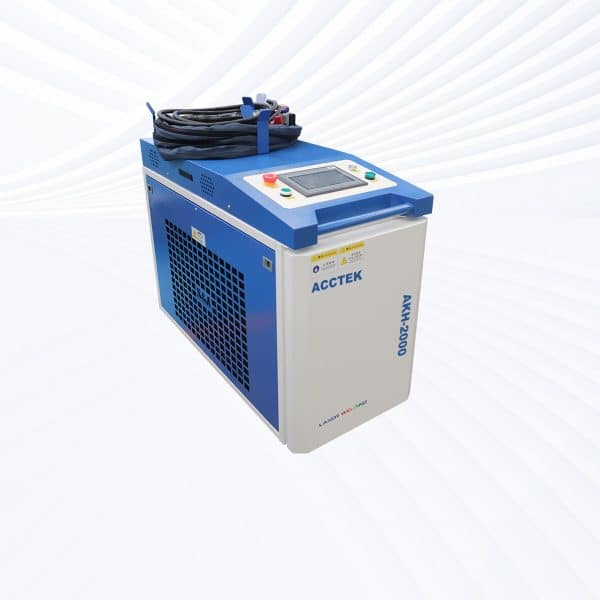
Portable Handheld Laser Welding Machine
Rated 4.50 out of 5$3,700.00 – $15,500.00 This product has multiple variants. The options may be chosen on the product page -
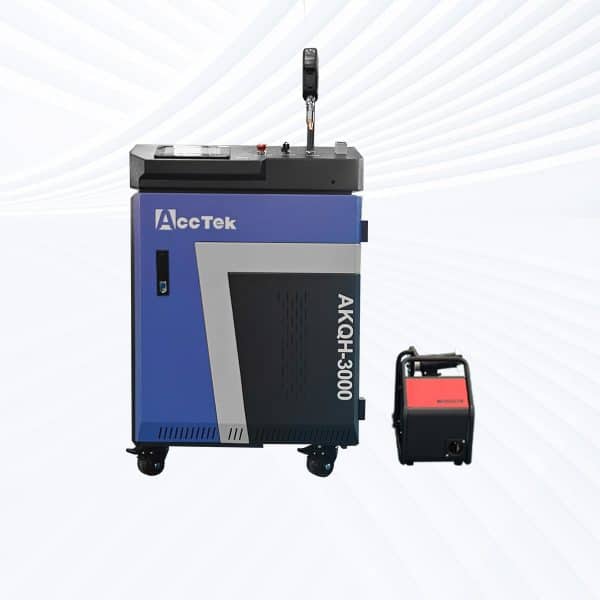
3 in 1 Handheld Laser Welding Machine
Rated 5.00 out of 5$4,000.00 – $15,700.00 This product has multiple variants. The options may be chosen on the product page -
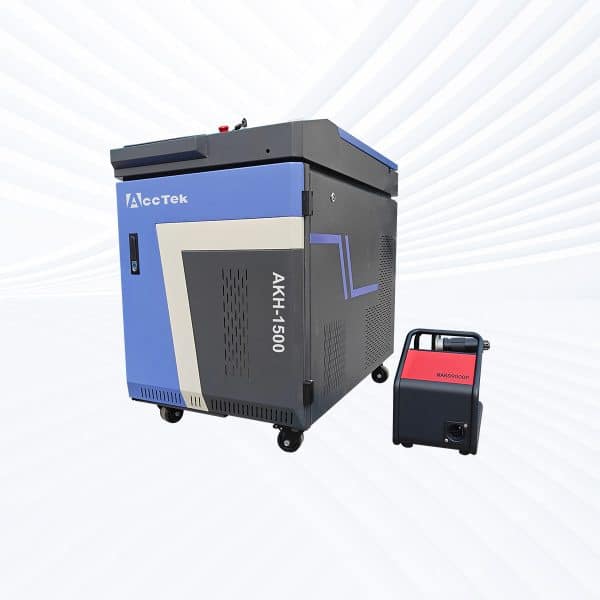
Double Wobble Handheld Laser Welding Machine
Rated 5.00 out of 5This product has multiple variants. The options may be chosen on the product page -
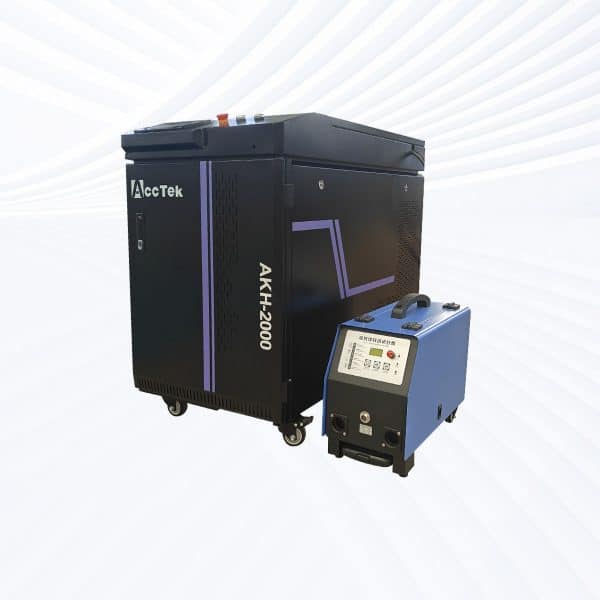
Double Wire Feed Handheld Laser Welding Machine
Rated 5.00 out of 5$6,800.00 – $15,800.00 This product has multiple variants. The options may be chosen on the product page -
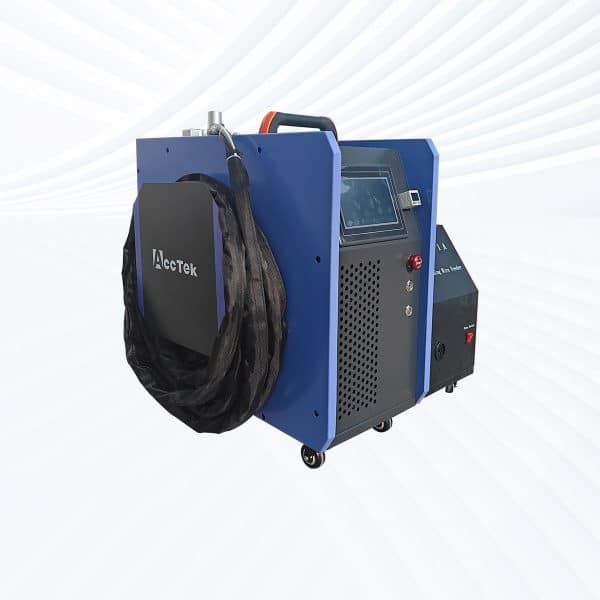
Air-Cooled Handheld Laser Welding Machine
Rated 5.00 out of 5$4,900.00 – $6,900.00 This product has multiple variants. The options may be chosen on the product page -
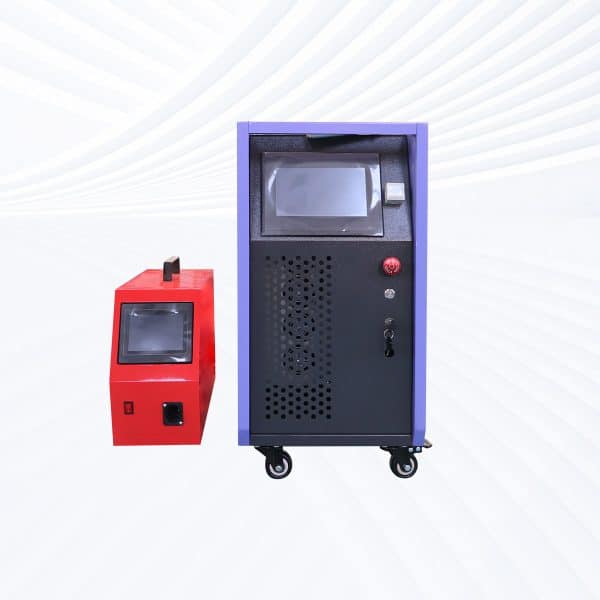
3 in 1 Air-Cooled Handheld Laser Welding Machine
Rated 5.00 out of 5$5,100.00 – $7,100.00 This product has multiple variants. The options may be chosen on the product page
Application of Handheld Laser Welding Machines
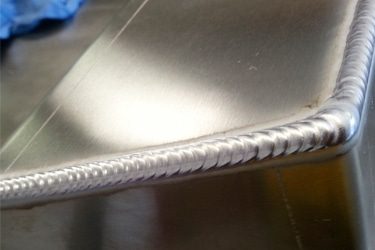
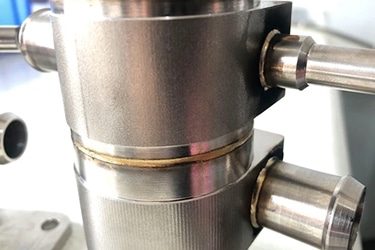
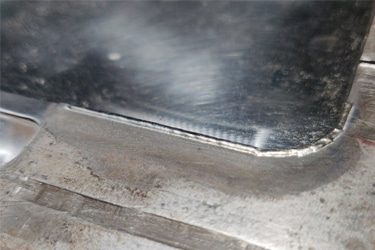
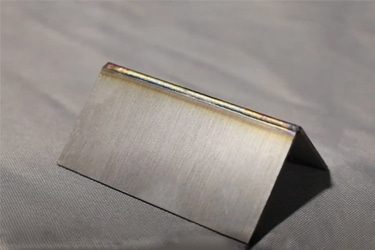

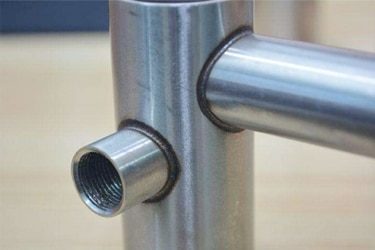
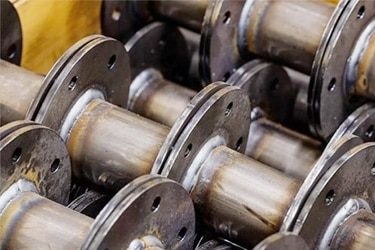
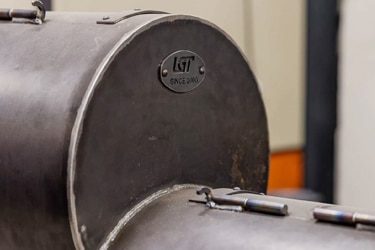
Customer Testimonials
Handheld Laser Welding Machine VS Other Welding Machines
| Comparison Item | Handheld Laser Welding Machine | TIG Welding Machine | MIG Welding Machine | Stick Welding Machine | Plasma Arc Welding Machine |
|---|---|---|---|---|---|
| Portability | High (compact, mobile) | Medium | Medium | High | Low |
| Welding Speed | Fast | Slow | Fast | Medium | Fast |
| Precision | Very high | High | Medium | Low | Medium |
| Heat Input | Low (minimal distortion) | Low | Medium | High | High |
| Surface Finish | Clean, minimal post-processing | Smooth | Moderate | Rough | Rough |
| Ease of Use | User-friendly, low skill required | Requires high skill | Moderate | Moderate | Requires training |
| Welding Material Range | Wide (SS, aluminum, copper, etc.) | Good for thin metals | Versatile | Mostly steel | Conductive metals |
| Joint Types Supported | Butt, fillet, corner, lap | Butt, fillet | Butt, fillet | Butt, fillet | Limited |
| Spatter | Very low | Low | Moderate | High | Moderate |
| Consumables | Minimal (no electrodes or filler needed) | Tungsten electrodes | Wire + shielding gas | Electrodes | Electrodes + shielding gas |
| Setup Time | Quick | Moderate | Moderate | Short | Long |
| Maintenance Requirements | Low | Medium | Medium | Medium | High |
| Automation Integration | Possible (limited) | Limited | Moderate | Low | Moderate |
| Cost Efficiency | High ROI over time | High cost, slow productivity | Good productivity | Low cost | High operational cost |
| Ideal Use Cases | On-site work, fabrication, repair | Precision, thin materials | Structural, general welding | Outdoor and field welding | Cutting and joining thin materials |
Why Choose Us
High Precision
Our machines deliver accurate, clean welds with minimal heat input, reducing distortion and ensuring strong, consistent joints across a wide range of materials and thicknesses.
Easy Operation
Designed with intuitive controls and user-friendly interfaces, our systems allow both experienced operators and new users to achieve professional results with minimal training.
Durable & Reliable
Built with high-quality components and strict quality standards, our welding machines provide stable performance, long service life, and low maintenance requirements.
Custom Options
We offer a variety of models and customizable features to match specific production needs, helping businesses improve workflow and adapt to changing manufacturing demands.
Related Resources
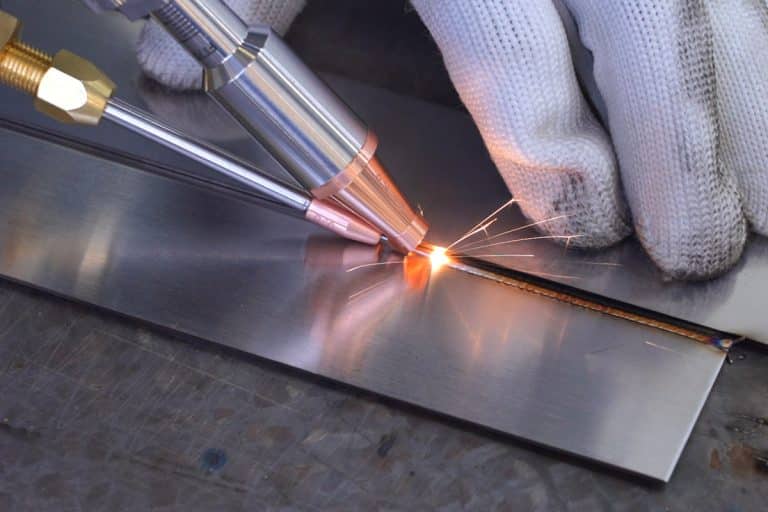
What Is Laser Welding?
Explore the principles of laser welding, its benefits, applications, and how it compares to traditional welding methods. Learn how this advanced technology enhances precision and efficiency.
Frequently Asked Questions
What Is Handheld Laser Welding?
- Portable and Flexible: The handheld nature allows for easy maneuverability, making it ideal for repairs, maintenance, and working in tight spaces or hard-to-reach areas.
- Minimal Heat-Affected Zone: Handheld laser welding generates a narrow heat-affected zone (HAZ), which reduces the risk of material distortion or warping, making it ideal for delicate materials.
- Low-Noise and Clean: It produces less noise and minimal fumes compared to other welding methods, making it more environmentally friendly and suitable for use in confined spaces.
- Precise and Fast: The precision of the laser provides clean, strong welds with high-speed processing, making it suitable for high-quality results in production environments.
What Factors Affect The Cost Of Handheld Laser Welding Machines?
- Laser Power: Higher power systems (e.g., 3000W to 6000W) typically cost more due to the ability to weld thicker materials and provide faster processing speeds. Lower power systems (e.g., 1500W to 2000W) are more affordable and are suitable for thinner materials or less demanding applications.
- Type of Laser Source: Fiber lasers are the most common and tend to be more expensive upfront due to their efficiency, reliability, and compact design. Diode lasers may be cheaper but often offer lower performance and may not be suitable for all applications.
- Brand and Quality: Well-established brands with a reputation for high quality and reliability generally come with a higher price tag. These systems are designed for consistent, high-performance use. Generic or less-known brands can offer more budget-friendly options but may come with reduced warranty support, service, or lower overall durability.
- Features and Technology: Additional features such as adjustable beam focus, automated settings, smart cooling systems, or advanced user interfaces can increase the price. Higher-end systems may offer more precise control over the welding process, better cooling mechanisms, or compatibility with additional accessories.
- Cooling System: Machines with advanced cooling systems (like water-cooling or air-cooling) tend to be more expensive. These systems help prevent overheating and improve the overall efficiency and longevity of the machine.
- Portability and Design: More compact, ergonomic designs with lightweight and easily transportable features are generally more expensive. Portability may increase costs due to specialized design and additional protective features.
- After-Sales Support and Service: Machines that come with comprehensive warranties, training programs, and local service support may cost more but offer long-term savings in terms of repair, maintenance, and operational training.
- Accessories and Consumables: The cost of consumables such as welding tips, lenses, or protective covers can also affect the overall cost. Machines that require frequent consumable replacements may increase operational costs over time.
What Are The Disadvantages Of Handheld Laser Welding Machines?
- Limited Power and Capability: Handheld laser welding machines generally have lower power outputs. This makes them less suitable for welding thicker materials or high-volume industrial applications. For heavy-duty or large-scale welding, a more powerful, stationary laser system may be needed.
- Smaller Welding Area: The welding area is generally smaller with handheld units, which can make it harder to tackle large-scale projects. While they are great for precise, small-area welding, they may not be as efficient for larger or continuous welding jobs.
- Learning Curve and Operator Skill: Although handheld laser welding machines are portable, they require skilled operators. The precision needed for successful welding requires experience and training, particularly in maintaining consistent speed and control during the welding process.
- Cost: Handheld laser welding machines can be more expensive than traditional welding methods, especially when considering high-quality lasers like fiber lasers. The initial investment can be significant, and there may be ongoing costs for maintenance and consumables.
- Heat-Affected Zone (HAZ): While handheld laser welding generally produces a smaller heat-affected zone (HAZ), thermal distortion can still occur if not properly controlled. The compactness of the system can make it harder to manage heat distribution effectively on larger or more complex parts.
- Cooling Requirements: Some handheld laser welding machines require external cooling systems to avoid overheating, especially for longer or higher-power welding tasks. This adds to the complexity and cost of using the machine.
- Limited Flexibility for Certain Applications: Handheld laser welding machines are great for repairs or small-scale jobs but may lack the versatility needed for applications involving complex joints or difficult-to-reach areas where other welding methods, like robotic or stationary laser systems, might perform better.
How Do I Choose The Right Laser Power For My Welding Application?
- Material Thickness
- Thinner Materials (Up to 2 mm): For thin sheets, 1500W-2000W lasers are typically sufficient. These power levels provide enough energy for quick and precise welds without overheating or distorting the material.
- Medium Thickness (3 mm – 5 mm): If you’re welding moderate thickness materials, a 2000W-3000W laser will offer the right balance of speed and depth penetration.
- Thicker Materials (6 mm and above): For thicker materials, like heavy steel or other high-strength metals, you’ll need 6000W lasers. These higher power levels ensure deep penetration and efficient fusion of the material.
- Welding Speed and Productivity
- Faster Welding: Higher laser power (3000W-6000W) allows you to weld at a faster pace, making it ideal for high-volume production or large parts. This reduces the overall cycle time and improves productivity.
- Slower, Precise Welding: Lower power (1500W-2000W) is better for detailed, smaller welds where precision is more important than speed, such as in thin-walled components or high-quality joints.
- Material Type
- Metals like Carbon Steel, Stainless Steel, and Aluminum: These materials require a balance of power for optimal weld quality. For stainless steel and aluminum, 1500W-2000W is often ideal for both thin and moderately thick parts.
- Materials with High Reflectivity: Materials like copper or brass reflect more laser energy, so you may need higher power levels (3000W-6000W) to ensure sufficient energy is absorbed by the material for effective welding.
- Joint Design
- Simple Joint Designs (Butt, Lap Joints): For simple joints, lower power (1500W-2000W) is often sufficient.
- Complex Joint Designs or Deep Welds: If you have complex joints or need deep penetration, higher power lasers (3000W-6000W) are necessary to ensure full fusion.
- Quality of the Weld
- High-Quality, Low Heat Input: If weld quality and minimal heat distortion are priorities, lower power levels (1500W-2000W) are preferred. Higher power levels (3000W-6000W) tend to create more heat, which could lead to distortion unless carefully controlled.
What Materials Can Be Welded With Handheld Laser Welding Machines?
- Carbon Steel: Laser welding is highly effective on carbon steel and is commonly used in automotive, construction, and manufacturing industries for welding thin to medium gauge steel.
- Stainless Steel: Stainless steel is another common material welded with handheld lasers. The precision of the laser ensures clean, strong welds, often used in medical devices, kitchen equipment, and aerospace applications.
- Aluminum: Laser welding is ideal for aluminum due to its lightweight and heat-sensitive properties. Handheld lasers provide precise heat control, making them suitable for aerospace and automotive industries, as well as electronics.
- Copper: While welding copper requires more power due to its high reflectivity and thermal conductivity, handheld laser welding systems with higher power levels (like 2000W or above) can be used to effectively join copper parts in electronics and electric vehicle applications.
- Titanium: Titanium welding requires careful control, and handheld laser systems can be used for welding titanium in industries like aerospace, medical implants, and marine environments. The precision minimizes the risk of contamination, which is critical for titanium.
- Brass: Brass, an alloy of copper and zinc, is commonly welded in electrical and decorative applications. Handheld lasers can achieve clean welds on brass, which is commonly used in hardware and jewelry.
- Nickel Alloys: Nickel-based alloys, often used in high-temperature applications (like aerospace), can be welded effectively with handheld lasers, providing strong and durable welds.
How Do I Manage Laser Exposure Risks When Using Handheld Laser Welding Machines?
- Wear Laser Safety Glasses
- Protection: Always wear laser safety glasses that are specifically designed to filter out the wavelength of the laser being used. These glasses protect the eyes from direct or reflected laser beams, preventing eye injuries or permanent damage.
- Right Lens: Make sure the glasses match the specific laser wavelength (e.g., 1064 nm for fiber lasers).
- Use Protective Clothing
- Flame-resistant clothing is essential to protect against sparks, hot metal, and radiation. Long sleeves, pants, and heat-resistant gloves help shield the skin from burns or radiation exposure.
- Cover exposed areas: Ensure that your body is fully covered to minimize the risk of burns or exposure.
- Set Up Proper Shielding
- Laser barriers or curtains can be used around the work area to contain the laser beam and prevent exposure to anyone nearby. These barriers help reduce risks from scattered or reflected laser radiation.
- Protective shields around the welding zone also prevent direct exposure to the beam.
- Secure the Work Area
- Restricted access: Only trained operators should have access to the laser welding zone. Warning signs should be placed around the workspace to alert others to the potential risks.
- Barriers and enclosures can also prevent unintentional exposure to the laser by unauthorized individuals.
- Use Fume Extraction Systems
- Laser welding can produce toxic fumes, particularly when welding certain materials like painted metals or coated surfaces. Install fume extraction systems to remove these harmful fumes and maintain a clean, safe air quality.
- Ventilation should be efficient to ensure proper removal of these fumes from the operator’s breathing zone.
- Proper Training and Awareness
- Ensure that operators are well-trained in both the safe operation of handheld laser welding machines and the safety procedures. Operators should be familiar with the risks associated with laser exposure and know how to handle the equipment safely.
- Laser safety protocols should be followed at all times, especially in terms of equipment setup, handling, and maintenance.
- Regular Machine Inspections and Maintenance
- Conduct regular checks of the laser welding machine and its safety features (like lenses, beam controls, and shielding). Keeping equipment in top condition reduces the risk of accidental exposure due to malfunction or failure.
- Use Laser Safety Zones
- Designate specific laser safety zones within the work area where only authorized personnel can enter. These zones should be marked, and the area should be kept free from unnecessary personnel or distractions.
How Do I Maintain Handheld Laser Welding Machines?
- Clean the Optical Components Regularly
- Lenses and protective windows can collect dust, fumes, or splatter during welding. Clean them gently using lens-safe wipes and isopropyl alcohol.
- Dirty optics can reduce laser power and lead to poor weld quality or overheating.
- Check and Replace Nozzles and Tips
- Inspect the welding nozzle and tip frequently for wear or damage. Replace them if they’re worn or contaminated.
- A damaged nozzle can affect gas flow and laser accuracy.
- Inspect and Maintain the Cooling System
- Ensure that water-cooled or air-cooled systems are functioning properly.
- Check coolant levels, look for leaks, and clean the radiator or fans. Overheating can damage the laser source.
- Keep Cables and Connectors Secure
- Inspect power cables, control lines, and fiber connections for damage or looseness.
- Secure any loose connectors and avoid bending or twisting fiber cables sharply.
- Clean the Exterior and Vents
- Wipe down the machine casing and handle regularly.
- Make sure air vents are clear of dust or debris to maintain airflow and prevent overheating.
- Monitor Software and Settings
- Regularly check that the software and control system are updated and functioning correctly.
- Store and back up common settings and welding parameters for consistent performance.
- Perform Test Welds and Calibration
- Run periodic test welds to ensure beam quality and alignment are intact.
- If weld quality drops, check for misalignment or contamination in the optics.
- Follow Manufacturer’s Maintenance Schedule
- Refer to the user manual for recommended service intervals and maintenance procedures.
- Sticking to this schedule helps prevent unexpected issues and ensures warranty compliance.
What Is The Lifespan Of Handheld Laser Welding Machines?
- Laser Source Quality
- The laser source (e.g., fiber laser) is one of the most critical components. High-quality lasers, like fiber lasers, have a longer lifespan, often lasting up to 50,000 hours or more, especially if they are well-maintained.
- Frequency and Intensity of Use
- Frequent or continuous use in high-power applications can shorten the lifespan. If the machine is used heavily daily, components may wear out quickly.
- Light or occasional use will extend the lifespan significantly.
- Proper Maintenance
- Regular cleaning of optical components, proper cooling, and periodic checks of key parts like cables, nozzles, and connectors are essential to prolong the machine’s life.
- Neglecting maintenance can lead to overheating, part failure, and reduced efficiency, which can significantly shorten the lifespan.
- Operating Conditions
- Temperature and environmental conditions (dust, humidity, etc.) also affect lifespan. Operating in extreme conditions or environments with excessive dust or moisture can cause premature wear and tear.
- Quality of Components and Brand
- Well-established brands that use high-quality materials generally offer longer-lasting machines. Less expensive, generic machines may have a shorter lifespan due to the use of inferior components.
